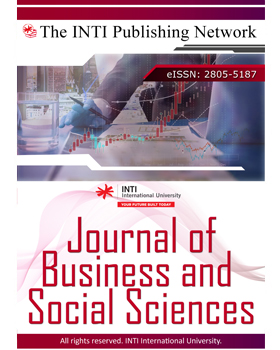New Productive Forces and Chinese College Students: A Bibliometric Analysis Based on CNKI
DOI:
https://doi.org/10.61453/jobss.v2025no13Keywords:
Bibliometric Analysis, Chinese College Students, CNKI, New Productive ForcesAbstract
The concept of 'new productive forces', rooted in Marxist economic theory, has been developed in an innovative way within the Chinese context to emphasize the importance of high-quality, innovation-driven productivity as a driving force for China’s modernization and sustainable development. Entering the new era, China has further proposed a new concept of integrated development of education, science and technology, and talent, closely integrating new productive forces with education. This study uses bibliometric analysis to examine 190 articles retrieved from the China National Knowledge Infrastructure (CNKI) database with the keywords 'new productive forces' and 'university students'. Using quantitative visualization techniques, the study identifies publication trends, dominant themes, influential authors and institutional contributions related to the evolving academic discourse on the relationship between emerging productive forces and the development of Chinese college students. The findings reveal that the rise of new productive forces creates new demands and opportunities for higher education in China, necessitating curricular reform, interdisciplinary integration and a focus on innovation and entrepreneurship education. Furthermore, these productive forces raise expectations regarding the competencies and qualities of university students, emphasizing critical thinking, creativity, adaptability and interdisciplinary skills. The study emphasizes the pivotal role of higher education in nurturing the high-quality talent needed to sustain China's new productive forces, providing valuable insights for educational policies and future research directions.
Downloads
Published
How to Cite
Issue
Section
License
Copyright (c) 2025 Journal of Business and Social Sciences

This work is licensed under a Creative Commons Attribution 4.0 International License.

